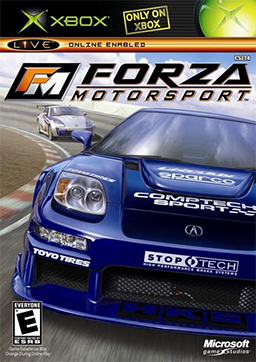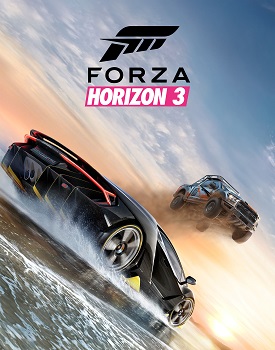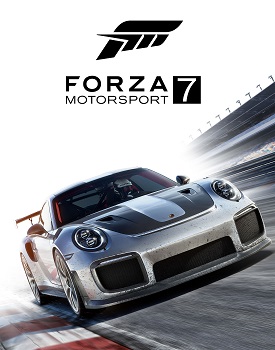Evolution of Excellence: The Complete History of Forza
From its humble beginnings as Microsoft's answer to Gran Turismo to becoming one of gaming's premier racing franchises, the Forza series has continuously redefined what racing games can be. Let's take a high-octane journey through the complete history of this beloved series.
The Birth of a Legend: Forza Motorsport (2005)
When Microsoft and Turn 10 Studios released the original Forza Motorsport for the first Xbox in May 2005, few could have predicted its eventual impact. Entering a market dominated by Sony's Gran Turismo series, Forza distinguished itself with innovative features:
- A physics engine that balanced realism with accessibility
- The revolutionary "Drivatar" AI system that learned from player behavior
- Detailed vehicle damage modeling (something Gran Turismo lacked)
- A comprehensive customization system for both performance and appearance
With 231 cars and an emphasis on accurate driving physics, the original Forza laid a solid foundation for what would become an iconic franchise.
Perfecting the Formula: Forza Motorsport 2 & 3 (2007-2009)
Forza Motorsport 2 (2007) for Xbox 360 built upon its predecessor with improved graphics, expanded car roster (over 300 vehicles), and enhanced physics. The addition of auction houses for cars created a thriving in-game economy that became a series staple.
Forza Motorsport 3 (2009) represented a significant evolution with:
- Over 400 customizable cars
- More accessible handling for newcomers with optional driving assists
- The rewind feature allowing players to correct mistakes
- A more structured career mode progression
The Open-World Revolution: Forza Horizon (2012)
This bold experiment paid off, attracting new players who appreciated the freedom of exploration alongside Forza's traditional racing excellence. The seamless blend of arcade fun with simulation underpinnings created a unique identity that would spawn its own successful sub-franchise.
Continued Excellence: Forza Motorsport 4 & 5 (2011-2013)
Global Horizons: The Expansion of Forza Horizon (2014-2018)
The Horizon series took players to increasingly exotic locations:
Forza Horizon 2 (2014) transported the festival to Southern Europe, spanning the beautiful countryside of France and Italy with dynamic weather effects.
Forza Horizon 3 (2016) headed to Australia, featuring diverse biomes from rainforests to the outback. The addition of the Horizon Blueprint tool gave players unprecedented freedom to create custom events.
Forza Horizon 4 (2018) brought the festival to Britain with its most ambitious feature yet: dynamic seasons that transformed the entire map every week in real-time. With over 450 cars and constant live updates, it represented the pinnacle of open-world racing games at the time.
Refinement and Rebirth: Forza Motorsport 6 & 7 (2015-2017)
Modern Masterpieces: Forza Horizon 5 & Forza Motorsport Reboot (2021-2023)
In October 2023, Forza Motorsport returned as a complete reboot, dropping the numbering convention. Built from the ground up for the Xbox Series X|S, it features unprecedented physics simulation:
- Advanced tire and surface temperature modeling
- Dynamic time of day affecting track conditions
- A completely overhauled career mode focused on car building
- The most realistic damage modeling in series history
- Stunning visuals with ray tracing and next-gen lighting
The Legacy Continues
Over nearly two decades, Forza has evolved from an ambitious challenger to a defining franchise in racing games. With over 16 million monthly active players across the franchise, Forza has successfully captured both hardcore simulation fans and casual racing enthusiasts.
What makes Forza special isn't just the photorealistic graphics or accurate physics, but how it has consistently made driving accessible and fun while respecting the art and engineering of automobiles. Whether you're meticulously tuning a race car in Motorsport or taking a supercar off-road in Horizon, Forza offers automotive adventures for every type of player.
As we look to the future, one thing is certain: Forza will continue to innovate and push the boundaries of what racing games can be, just as it has done since that first green flag dropped back in 2005.
What's your favorite Forza game or memory? Share in the comments below!













